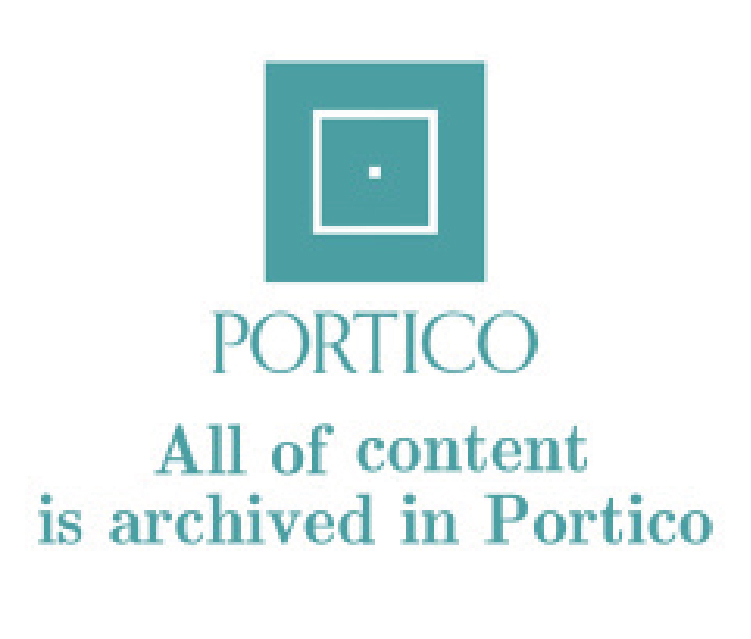The nexus between Artificial Intelligence and Sustainable Development Goals: A review
Abstract
This article focuses on the link between Artificial Intelligence and Sustainable Development Goals and, more precisely, how the former can be applied to achieve the latter. The solution to SDG-related issues may be one goal of AI applicability. There have been suggestions that the current status of artificial intelligence (AI) might serve hundreds of millions of people in both rich and developing countries by helping to resolve problems related to all 17 UN Sustainable Development Goals. Examples include helping those who are blind or visually handicapped navigate their environment, detecting victims of sexual exploitation online, supporting relief operations in the event of a disaster, helping to detect diabetes early, and using image scanning to diagnose skin cancer. These are but a few examples of how AI works and how AI innovation can be advantageous. It also reviews how Artificial Intelligence can be applied to protect the environment, food production, the energy industry, and healthcare development.
References
McKinsey Global Institute. Applying artificial intelligence for social good. Available online: https://www.mckinsey.com/featured-insights/artificial-intelligence/applying-artificial-intelligence-for-social-good (accessed on 3 January 2024).
Cowls J. ‘AI for social good’: Whose Good and Who’s Good? Introduction to the Special Issue on Artificial Intelligence for Social Good. Philosophy & Technology. 2021, 34(S1): 1-5. doi: 10.1007/s13347-021-00466-3
Vinuesa R, Azizpour H, Leite I, et al. The role of artificial intelligence in achieving the Sustainable Development Goals. Nature Communications. 2020, 11(1). doi: 10.1038/s41467-019-14108-y
Gupta S, Langhans SD, Domisch S, et al. Assessing whether artificial intelligence is an enabler or an inhibitor of sustainability at indicator level. Transportation Engineering. 2021, 4: 100064. doi: 10.1016/j.treng.2021.100064
Grand View Research. Artificial intelligence market size, share & trends analysis report by solution, by technology (deep learning, machine learning), by end-use, by region, and segment forecasts, 2023–2030. Available online: https://www.grandviewresearch.com/industry-analysis/artificial-intelligence-ai-market/methodology (accessed on 3 January 2024).
Butler AJ, Thomas MK, Pintar KDM. Systematic Review of Expert Elicitation Methods as a Tool for Source Attribution of Enteric Illness. Foodborne Pathogens and Disease. 2015, 12(5): 367-382. doi: 10.1089/fpd.2014.1844
Morgan MG. Use (and abuse) of expert elicitation in support of decision making for public policy. Proceedings of the National Academy of Sciences. 2014, 111(20): 7176-7184. doi: 10.1073/pnas.1319946111
Valuer. AI, NLP, & Data Science. What do we use, and why should you care? Available online: https://www.valuer.ai/blog/ai-nlp-data-science-what-do-we-use-and-why-should-you-care (accessed on 3 January 2024).
PWC UK. How AI can enable a sustainable future. Available online: https://www.pwc.co.uk/services/sustainability-climate-change/insights/how-ai-future-can-enable-sustainable-future.html (accessed on 3 January 2024).
Silvestro D, Goria S, Sterner T, et al. Improving biodiversity protection through artificial intelligence. Nature Sustainability. 2022, 5(5): 415-424. doi: 10.1038/s41893-022-00851-6
Isabelle DA, Westerlund M. A Review and Categorization of Artificial Intelligence-Based Opportunities in Wildlife, Ocean and Land Conservation. Sustainability. 2022, 14(4): 1979. doi: 10.3390/su14041979
Ahmad T, Zhang D, Huang C, et al. Artificial intelligence in sustainable energy industry: Status Quo, challenges and opportunities. Journal of Cleaner Production. 2021, 289: 125834. doi: 10.1016/j.jclepro.2021.125834
Dudnik O, Vasiljeva M, Kuznetsov N, et al. Trends, Impacts, and Prospects for Implementing Artificial Intelligence Technologies in the Energy Industry: The Implication of Open Innovation. Journal of Open Innovation: Technology, Market, and Complexity. 2021, 7(2): 155. doi: 10.3390/joitmc7020155
Du‐Harpur X, Watt FM, Luscombe NM, et al. What is AI? Applications of artificial intelligence to dermatology. British Journal of Dermatology. 2020, 183(3): 423-430. doi: 10.1111/bjd.18880
Martorell A, Martin-Gorgojo A, Ríos-Viñuela E, et al. [Translated article] Artificial intelligence in dermatology: A threat or an opportunity? Actas Dermo-Sifiliográficas. 2022, 113(1): T30-T46. doi: 10.1016/j.ad.2021.07.014
Sparkes A, Aubrey W, Byrne E, et al. Towards Robot Scientists for autonomous scientific discovery. Automated Experimentation. 2010, 2(1): 1. doi: 10.1186/1759-4499-2-1
Kollia I, Stevenson J, Kollias S. AI-Enabled Efficient and Safe Food Supply Chain. Electronics. 2021, 10(11): 1223. doi: 10.3390/electronics10111223
Opshaug J, Svamo E. Valuation of Tomra Systems ASA [Master’s thesis]. Nord Universtity; 2018.
Camargo A. Imagined transitions: agrarian capitalism and climate change adaptation in Colombia. The Journal of Peasant Studies. 2022, 49(4): 713-733. doi: 10.1080/03066150.2022.2059350
Chacón L, Navarro O, Ladino C, et al. Sexual behavior and seminal characteristics of Brahman bulls in the Colombian tropical flooded savanna: Effects of reproductive management systems and climatic periods. Tropical Animal Health and Production. 2022, 54(1). doi: 10.1007/s11250-022-03087-w
Gilmore JF, Elibiary KJ. AI in Advanced Traffic Management Systems. Technical Report WS-93-04. Association for the Advancement of Artificial Intelligence (AAAI); 1993.
Copyright (c) 2024 Bhavna Mahadew

This work is licensed under a Creative Commons Attribution 4.0 International License.



 Submit a Paper
Submit a Paper